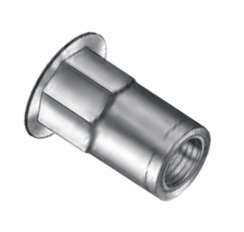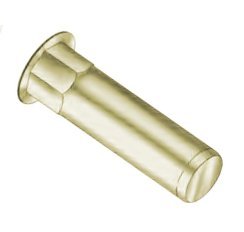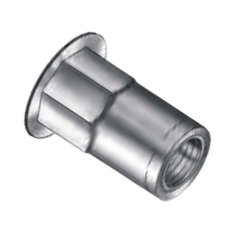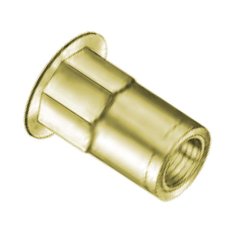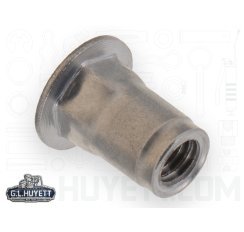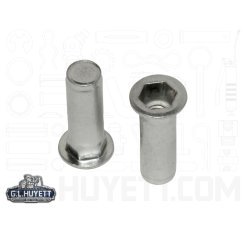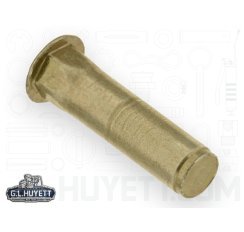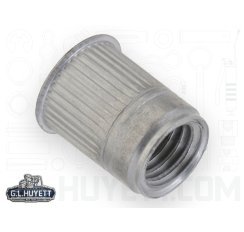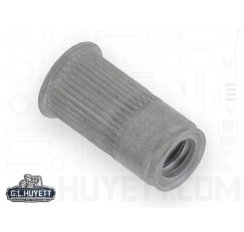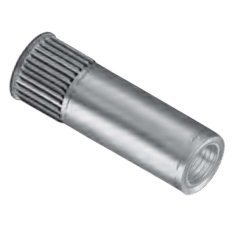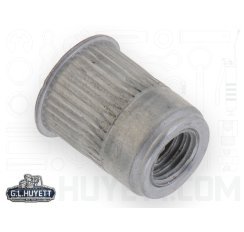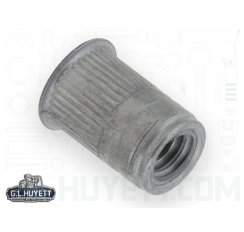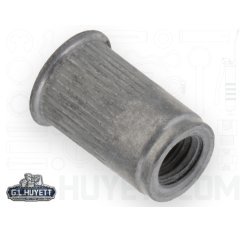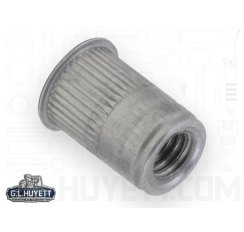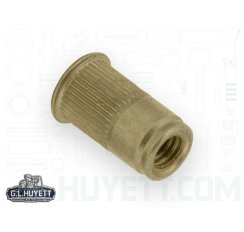$0.3636
Limited quantity at this price available
$0.6202
Limited quantity at this price available
$1.4431
Limited quantity at this price available
$0.6115
Limited quantity at this price available
$0.2139
Limited quantity at this price available
$0.8971
Limited quantity at this price available
$1.3201
Limited quantity at this price available
$0.6312
Limited quantity at this price available
$1.0437
Limited quantity at this price available
$0.3796
Limited quantity at this price available
$2.3454
Limited quantity at this price available
$0.7469
Limited quantity at this price available
$0.4089
Limited quantity at this price available
$0.1763
Limited quantity at this price available
$0.2041
Limited quantity at this price available
$0.6750
Limited quantity at this price available
$0.4743
Limited quantity at this price available
$0.2349
Limited quantity at this price available
$0.4100
Limited quantity at this price available
$0.4743
Limited quantity at this price available
$0.1897
Limited quantity at this price available

